Learning Center
reading
Support summary writing with Information Pyramids
january 12, 2021
If we want to teach students how to synthesize ideas, we have to start by teaching kids how to summarize them. After all, a student can’t think beyond the text if he can’t think about the text.
That said, teachers at all grade levels and in all subject areas need strategies to support students’ summary writing skills.
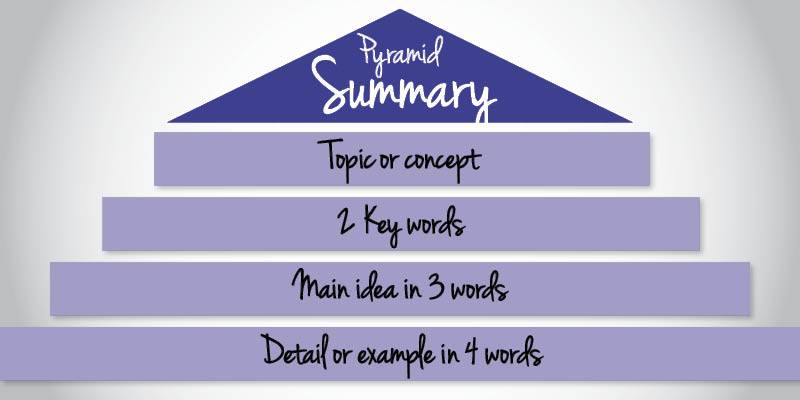 One of our favorite strategies is the Information Pyramid. As implied by its name, this graphic organizer is a perfect tool to help students learn to summarize meaty information—whether it is a content-area concept or a domain-specific vocabulary term.
One of our favorite strategies is the Information Pyramid. As implied by its name, this graphic organizer is a perfect tool to help students learn to summarize meaty information—whether it is a content-area concept or a domain-specific vocabulary term.
When you want students to summarize information that is new and complex, providing them with a little structure will be valuable. This is where the Information Pyramid comes in. It helps writers draft an accurate and precise summary that is strong in both the traits of ideas and organization.
Trait of Ideas
A pyramid is essentially a skeleton of what to include in the summary. In the example shown here, students are challenged to whittle down all that they know about a concept to just 10 words.
Now these aren’t just 10 arbitrary words. These words are broken into the four tiers of the pyramid, each of which focuses on a different type of information. The tiers help to delineate what is and is not most important.
Trait of Organization
The order of the tiers also shows how details are related to each other. When students are able to organize details correctly, it further proves their understanding of the intricacies of a concept. The summaries produced by a Cause-Effect Pyramid, for example, will be organized differently than those of a Main-Idea Pyramid.
Pyramid Examples
Main-Idea Pyramids are the most universal type because they can be used with big and broad concepts and specific vocabulary terms. These pyramids focus on the concept’s definition with a couple of key details.
Main-Idea Pyramid + Summary
PDF | Google Slide | Jamboard | Smartboard
Biographical Pyramids are ideal for summarizing information about an individual or group of people. Most often used for historical figures, this could also work with those associated with current events as well.
Biographical Pyramid + Summary
PDF | Google Slide | Jamboard | Smartboard
Cause-Effect Pyramids are a prime example of how the type of information per line item is dictated by the content being summarized. If the most important information is how one facet impacts another, then the Cause-Effect Pyramid is a great tool.
Cause-Effect Pyramid + Summary
PDF | Google Slide | Jamboard | Smartboard
Pyramid Pre-Writes
Completing the Informational Pyramid requires students to demonstrate their understanding. Although they are provided a structure, they have to bring the thinking. This is a great first step in generating a content-area summary.
With the pyramid complete, a student uses those words to generate a multi-sentence summary. The pyramid is not the final product; it serves as a pre-write.
Pyramid Adaptations
Don’t be limited by the sample Information Pyramids above. Although each of these is just four tiers, some content may require more information and thus more tiers in the pyramid.
In addition, the order of the line items can be rearranged to better match the content. For example, a teacher might craft a compare-contrast, problem-solution, or step-by-step procedural pyramid.
Such decisions are all dependent on the content you want students to summarize.


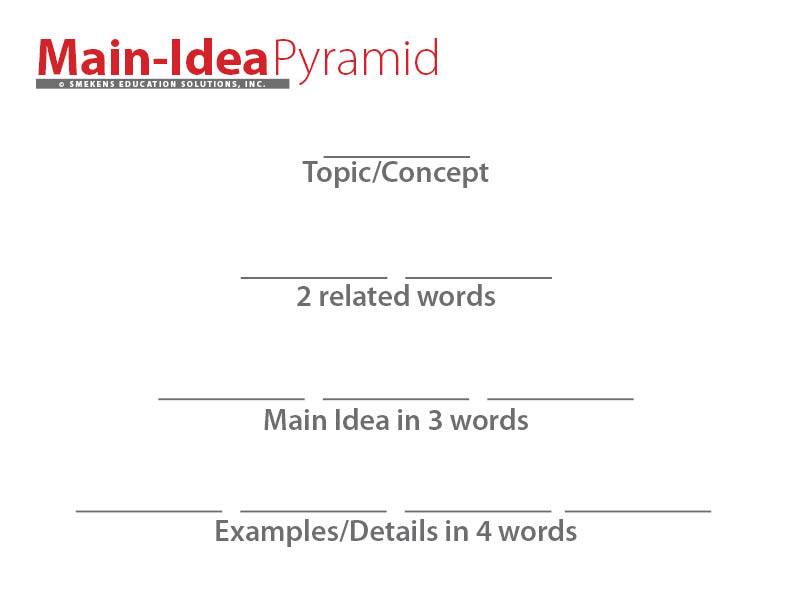
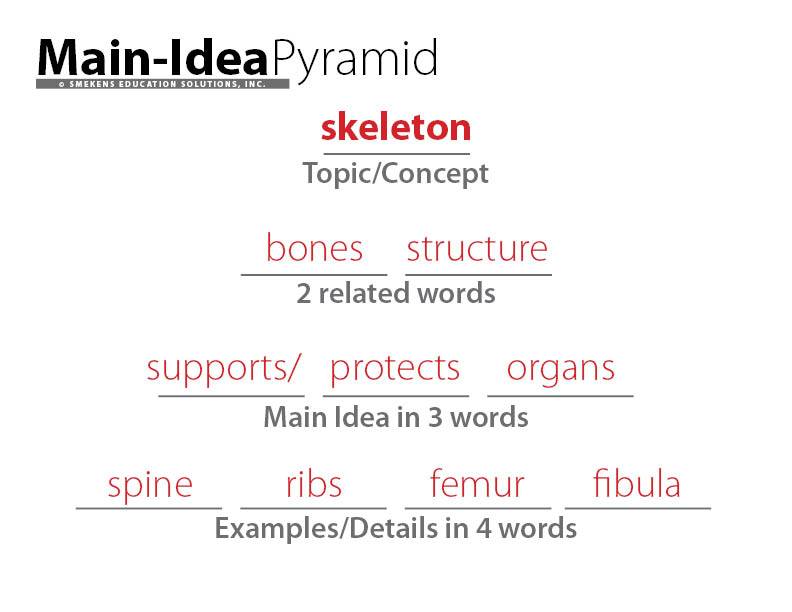
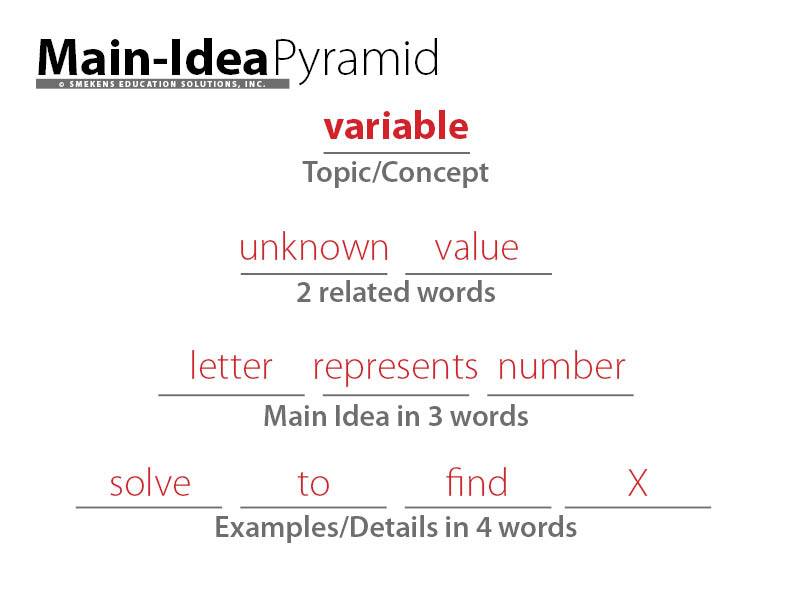
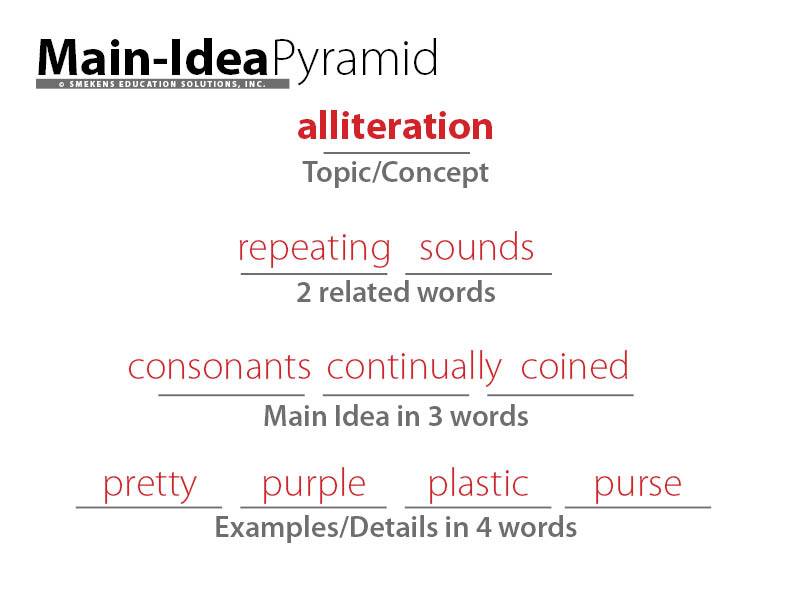
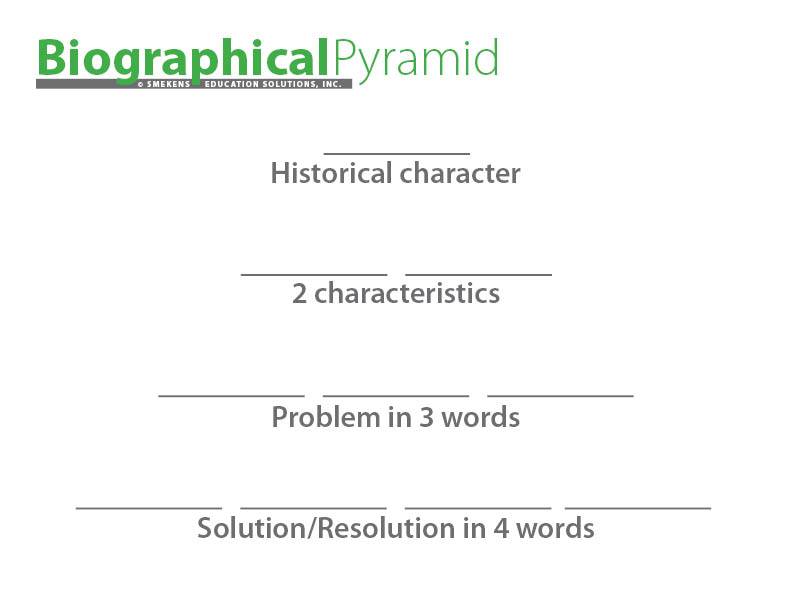
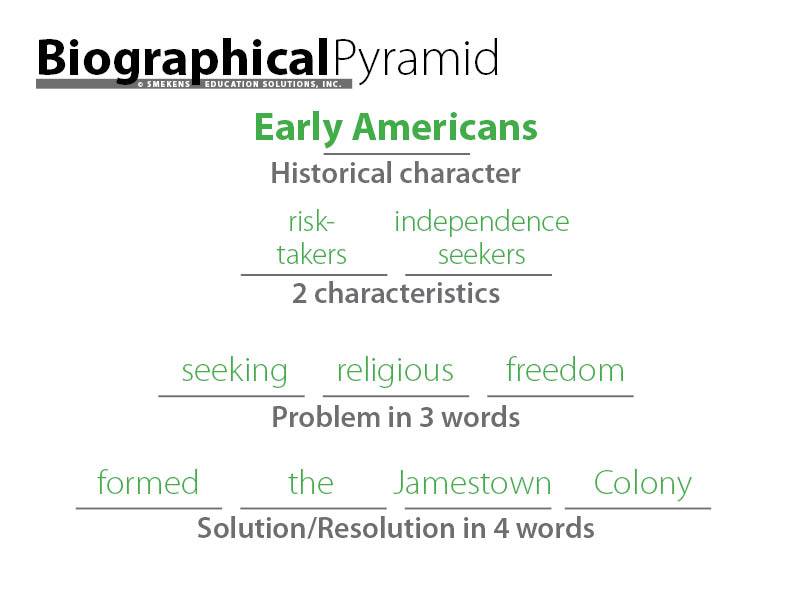
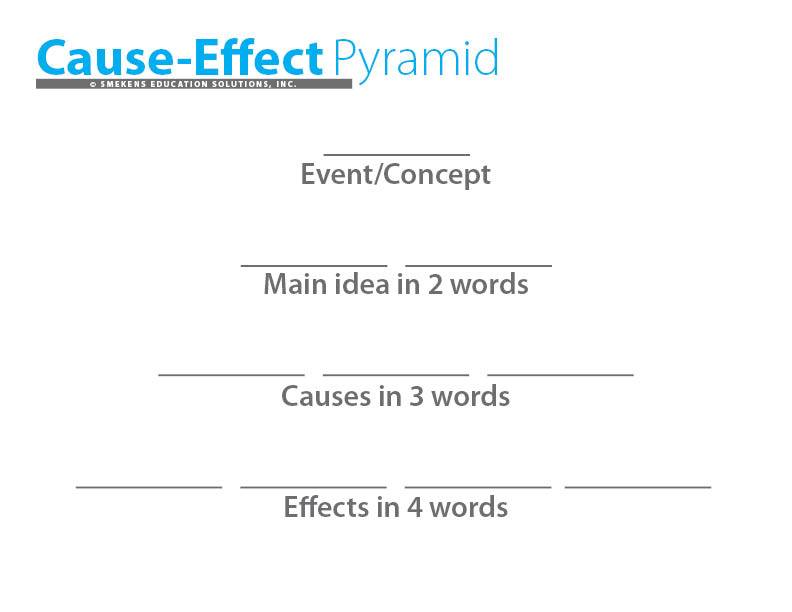
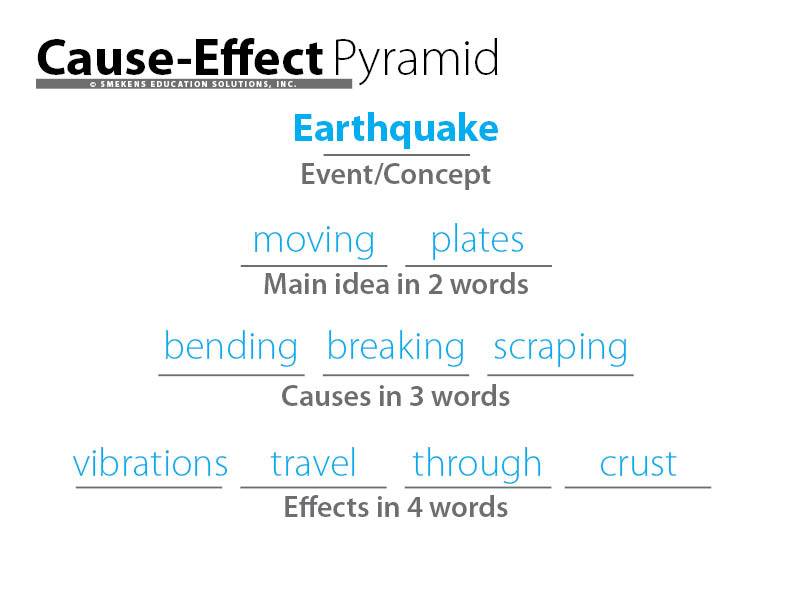
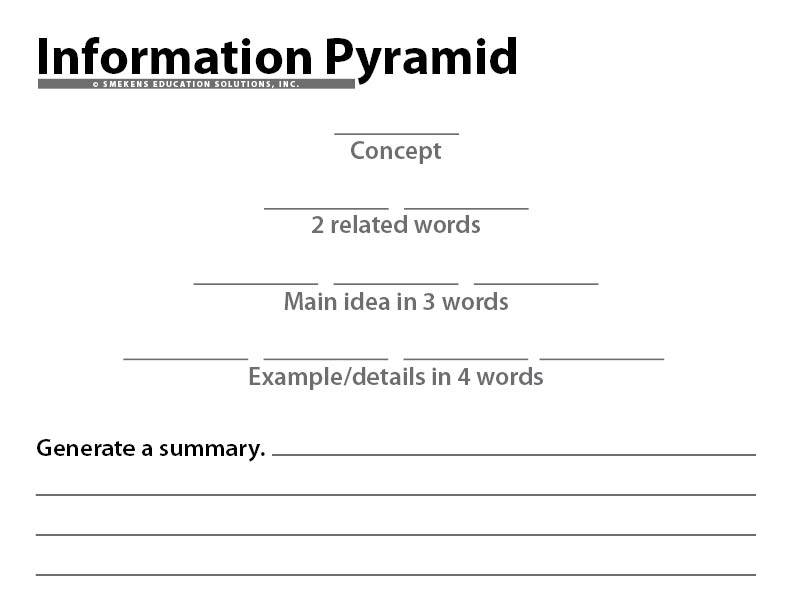
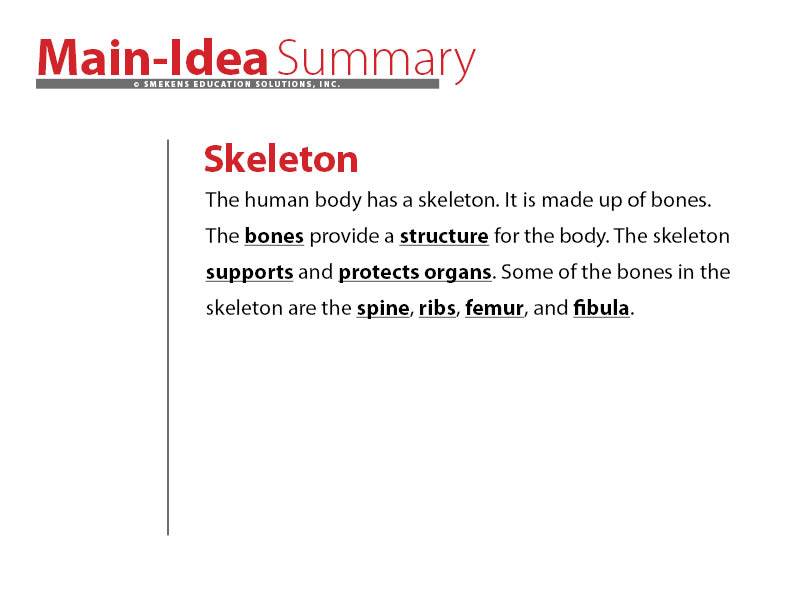
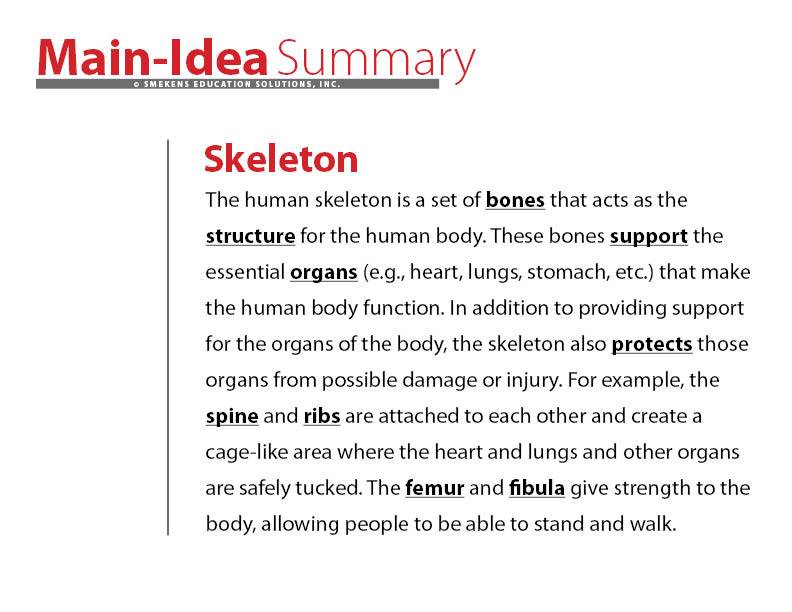

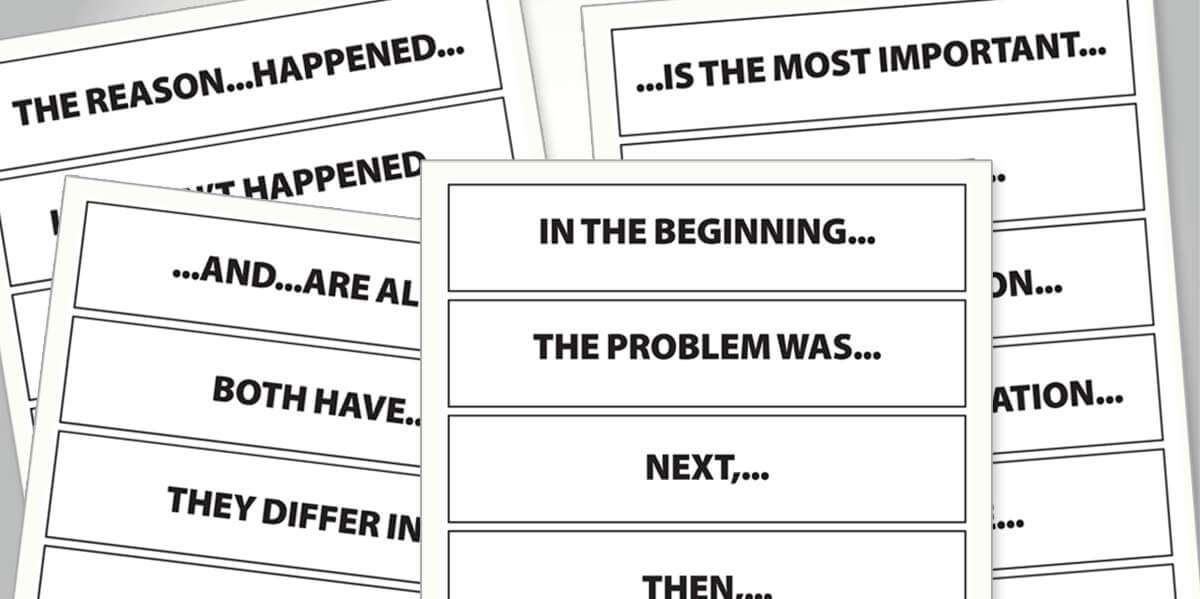
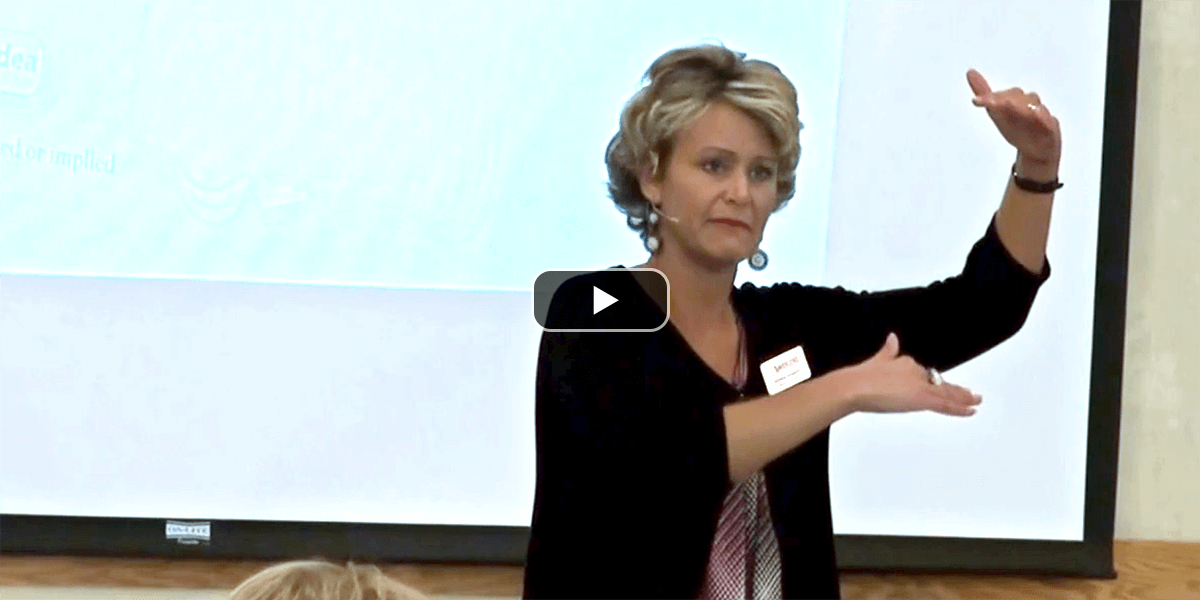
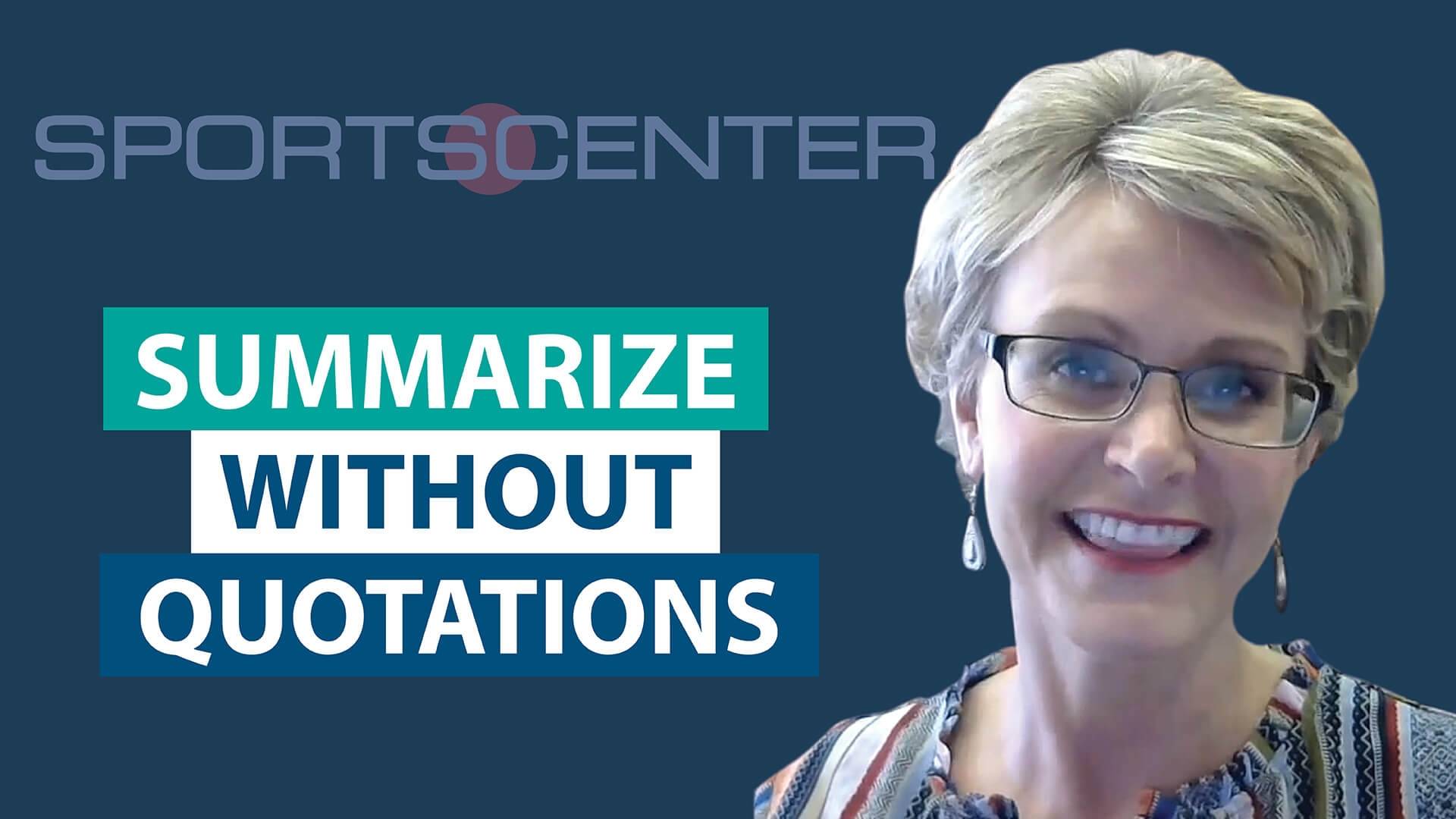
I liked this video. I struggle when teaching my students how to summarize. This will help!
Daniele,
We’re so glad you found it helpful and hope it will make your load a little lighter as you scaffold the lessons for writing a summary. It’s a difficult concept for students to grasp—and for teachers to teach.
Hi! I love this, and I am teaching pyramid summaries this week. Could this replace the dissected web? I find it simpler and clearer than the web. Also – do you have any texts that work well to teach pyramid summaries? (I teach 4th and 5th grade). Thanks!
Great question, Emily! And, yes, in theory the Information Pyramid could replace the Dissected Web. However, the Dissected Web is a landing place for categories and lots of details. The Information Pyramid includes categories–but no details. It requires students to crystalize the information into 10 words. So, for students just beginning to summarize, it’s a big jump. Better to start with the Dissected Web first and then progress to the more sophisticated Information Pyramid. As for texts to go with the different pyramids, consider texts you would use to introduce specific text structures. A good compare-contrast text would lend itself… Read more »
Thanks, Liz! That is helpful. I am finding the Information Pyramid is good for short nonfiction texts (like out of a Super Science magazine) and that we will need the Dissected Web for longer texts with headings and sections.
Yes! That’s the best way to use both strategies. Thanks, Emily, for sharing that information to benefit other teachers using these strategies.
This is a fabulous idea. I always struggled to find good ideas on how to summarize a text and, more importantly, a video.